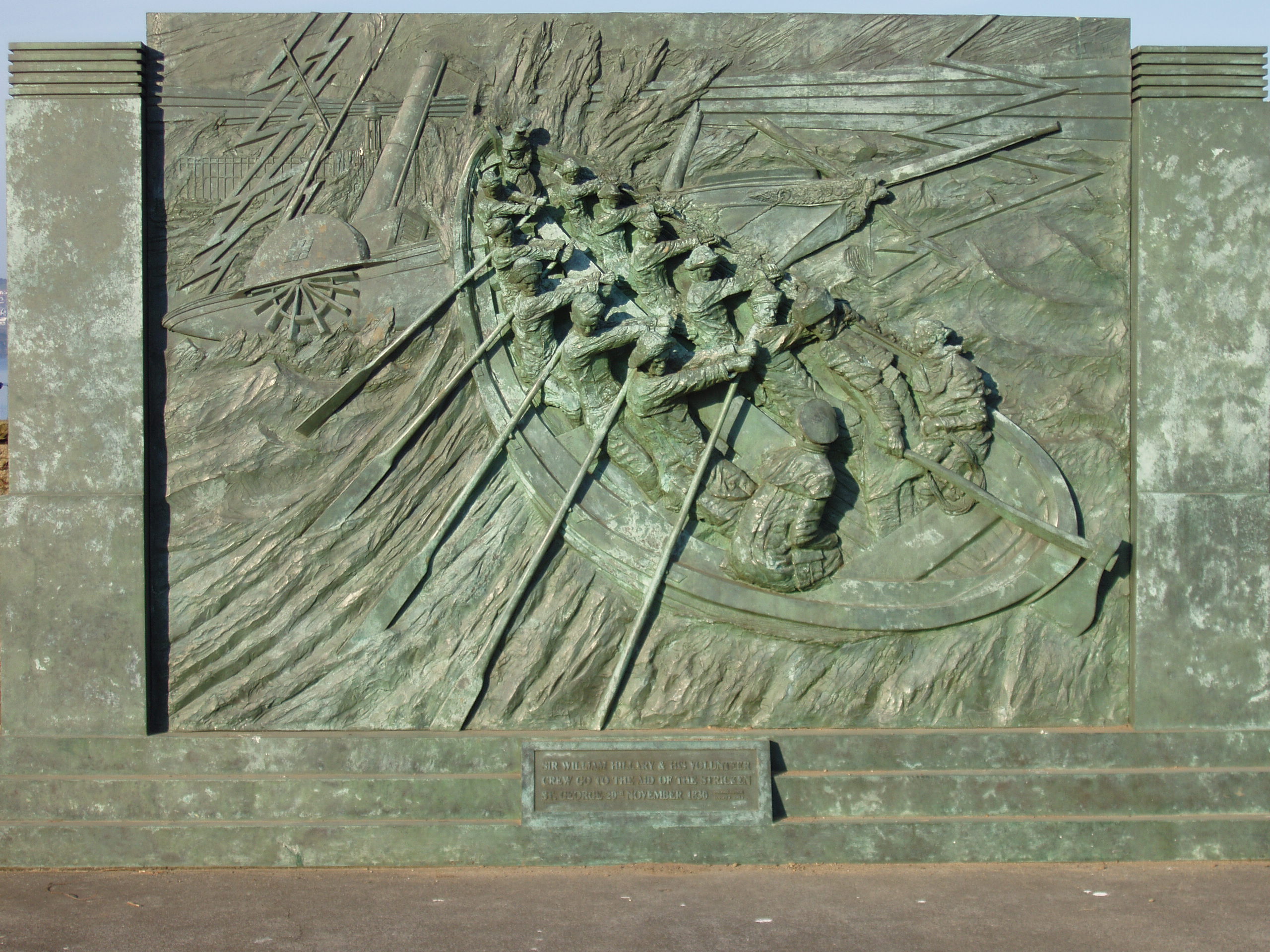|
William Osborne (shipbuilder)
William Osborne (1880–1931) was a British boat builder and the founder of ''William Osborne Ltd'', a shipyard based in Littlehampton, West Sussex. Established in 1919, the Osborne yard became known for its high-quality motor yachts, speedboats, and later for building lifeboats for the Royal National Lifeboat Institution (RNLI). Osborne-built vessels played significant roles during the Second World War – including participation in the Dunkirk evacuation – and the company’s post-war output included pioneering RNLI lifeboats such as the Arun-class. History Early years William Osborne senior initially worked in the motor industry, building bespoke car bodies in London from 1912. After the First World War, he established the Arun Shipyard in 1919. Early yachts such as ''Ma Joie'' (40 ft) and ''Ma Joie II'' (60 ft) launched Osborne’s reputation for craftsmanship, particularly the "Osborne Finish" of hand-varnished mahogany woodwork. Second World War The yard contributed ... [...More Info...] [...Related Items...] OR: [Wikipedia] [Google] [Baidu] |
Gerfalcon
''Gerfalcon'' is a historic motor vessel built in 1937 by William Osbourne, Littlehampton. Notably, she participated in the Dunkirk evacuation during World War II, where she played a role as one of the " Little Ships." Today, Gerfalcon is preserved as a National Historic Vessel undergoing restoration. History Construction and Early Years Gerfalcon was ordered by Valentine Searles-Wood of the Royal Navy and launched in 1937 as a private motor yacht, constructed by William Osbourne, Littlehampton as vessel 192. She was built to the highest standards, reflecting the quality and craftsmanship associated with her builders. Initially, Gerfalcon was used for pleasure cruising along the British coast. World War II Service With the outbreak of World War II in 1939, Gerfalcon was requisitioned by the Admiralty to assist in the war effort. In 1940, she was one of the hundreds of civilian vessels called upon to participate in Operation Dynamo, the mass evacuation of British and Allied tr ... [...More Info...] [...Related Items...] OR: [Wikipedia] [Google] [Baidu] |
RNLB Arun (ON 1018)
The Royal National Lifeboat Institution (RNLI) is the largest of the lifeboat (rescue), lifeboat services operating around the coasts of the United Kingdom, Republic of Ireland, Ireland, the Channel Islands, and the Isle of Man, as well as on some inland waterways. Founded in 1824 as the National Institution for the Preservation of Life from Shipwreck, it soon afterwards became the Royal National Institution for the Preservation of Life from Shipwreck because of the patronage of King George IV. Royal patronage has continued up to the present day with Charles III, King Charles III. The organisation changed its name to the Royal National Lifeboat Institution on 5 October 1854 and was granted a royal charter in 1860. The RNLI is a charity based in Poole, Dorset. It is principally funded by Will (law), legacies (65%) and donations (30%). Most of its lifeboat crews are unpaid volunteers. They operate more than 400 lifeboats from 238 stations. Paid lifeguards provide services at near ... [...More Info...] [...Related Items...] OR: [Wikipedia] [Google] [Baidu] |
